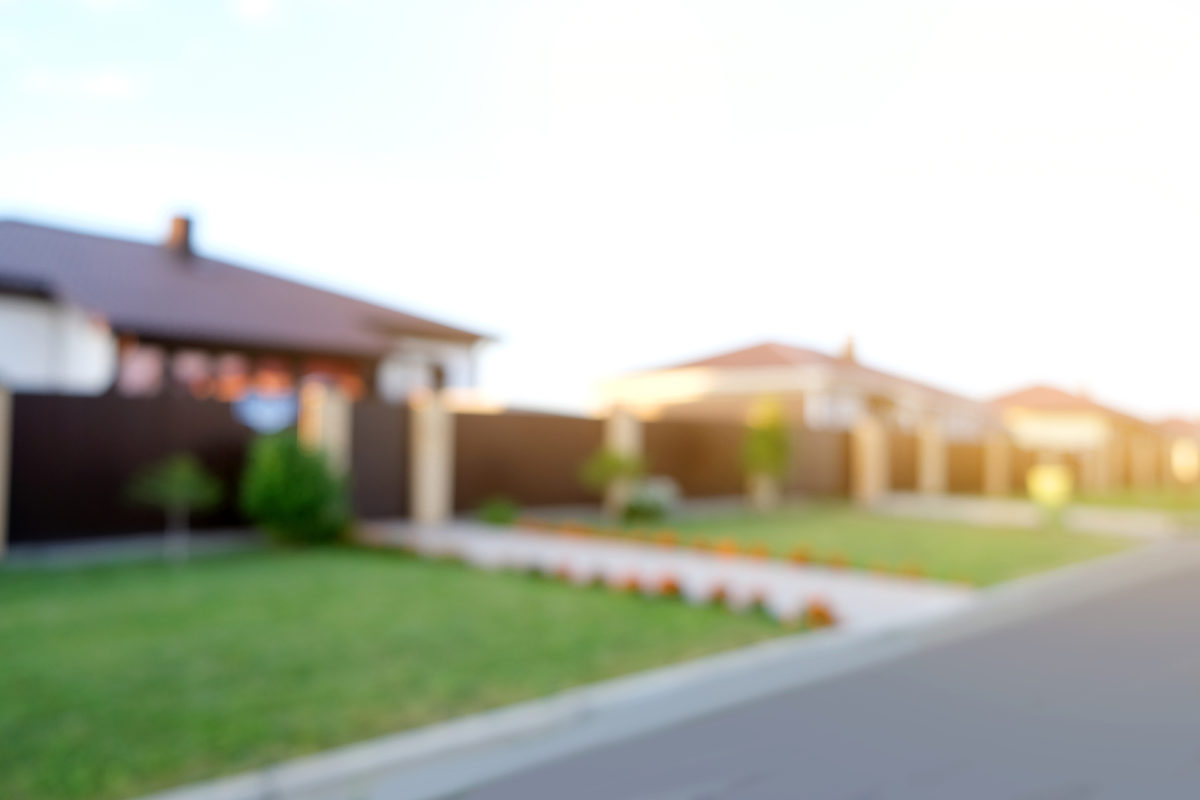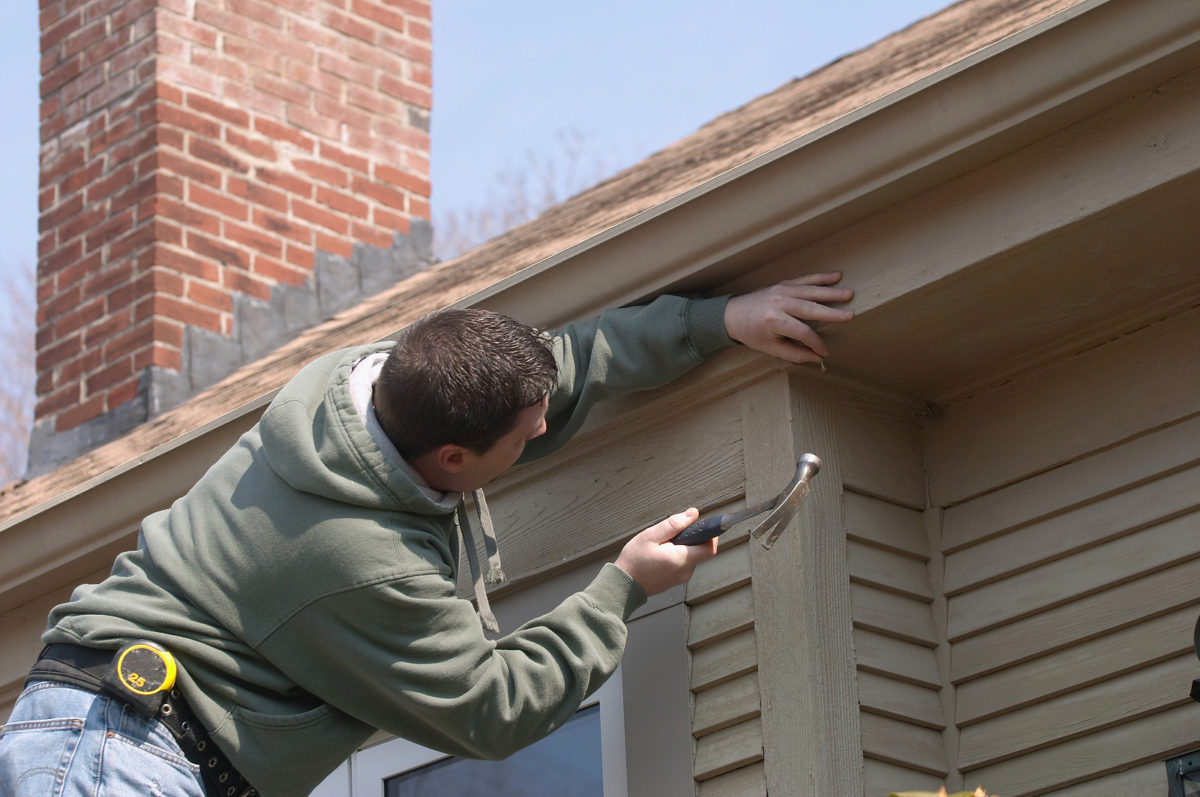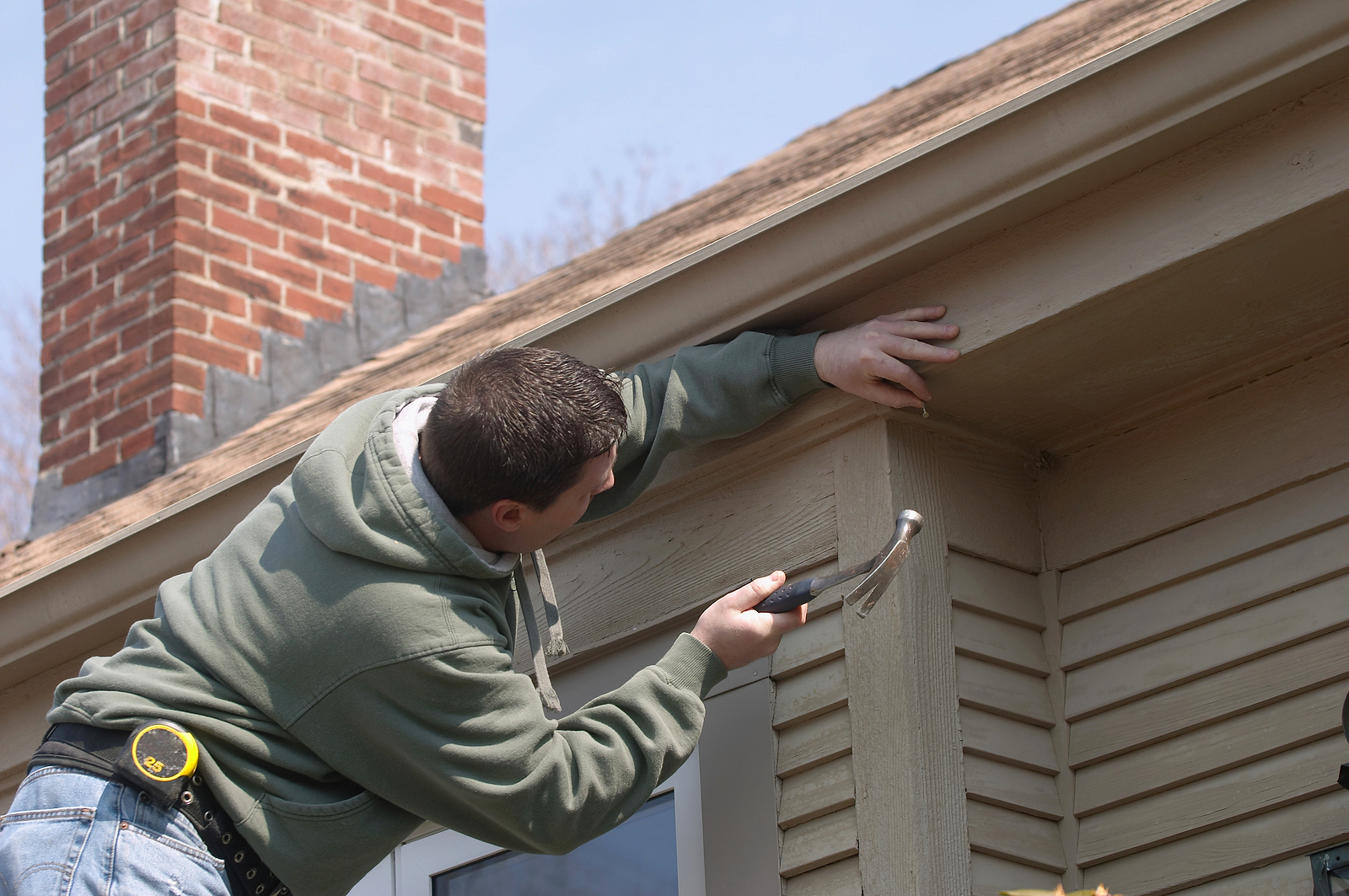Selling a home and garage sales. They’re like cookies and milk, macaroni and cheese or peanut butter and jelly – they just go together.
Especially if you’ll be staging the home before putting it on the market, depersonalizing and getting rid of clutter are important steps. Plus, those tasks help lighten the load when it comes to packing for the move.
We recommend going through your home, room-by-room, scrutinizing every item. Do I really need/want this? If not, start a “garage sale pile” or box[es].
Whether it’s a giant or moderate purge you’re looking at, holding a garage sale is a great way to rid yourself of unwanted items and make some cash at the same time.
The most successful garage sales begin with a plan, so let’s get started.
Plan for success
I have a friend in San Francisco who is also in the real estate business and, as a new agent, she was so excited about her first listing that she decided to hold an open house the first weekend the home was on the market.
As a rookie, she didn’t have the slightest idea of how to plan an open house – all she did was choose a date and did some advertising.
Not one person attended her open house.
Had she looked at a calendar before choosing which weekend to hold the home open she would’ve realized that the particular Sunday she chose was Super Bowl Sunday and the 49ers had made it to the big game. While she isn’t a football fan, the entire city was glued to the TV during her open house.
The moral of this story for you is to plan the date of your garage sale carefully. Don’t hold it on a day when there’s a major sporting event happening, either nationally or locally.
Check to see if there are other popular local events happening as well – anything that may draw potential customers away from your sale.
The Yard Sale Queen suggests holding your sale on the weekend after payday, which for most folks is the first and the fifteenth.
Additional considerations
- Make a drawing of how you’ll set up the sale. Ensure that you have room for people to move around between the tables, racks and whatever else you’ll use to display your merchandise.
- Prepare the night before so that all you have to do is open the garage door and start making money.
- Ensure that all items are clearly marked with the price and that the most desirable items are out in front where potential customers can see them from their cars. The Yard Sale Queen says that “manly” items, such as power tools, should be among the out-front items.
- Enlist help, whether it’s the kids, a friend or neighbor.
- If you’ll be selling electrical items, make sure there’s a place to plug them in, or have an extension cord on hand so that customers can test them out.
- Save grocery bags and newspaper in the weeks leading up to the sale so that you can wrap and bag your customers’ purchases.
- Before setting clothing and handbags out for sale, go through the pockets to ensure there is nothing of value in them, recommends The Yard Sale Queen.
What to do the day before the sale
You’ll need to let people know about your sale and there are several ways to accomplish this. One of the best ways is to place an ad on Craigslist, in the “Garage Sale” category, listed under “For Sale.”
If you belong to your neighborhood’s NextDoor app, post it there. Facebook will bring in a lot of folks as well, so be sure to join any local buy, sale, trade and garage/yard sale groups.
Take lots of clear, compelling photos of your merchandise to lure in buyers.
Create or buy garage sale signs to place around the neighborhood. Take a tip from my industry and use arrows on each sign to help guide the customers to your home. Amazon.com sells entire garage sale kits as well as individual signs.
Get cash from the bank so that you can make change. You’ll need coins as well as $1, $5 and $10 bills.
Plan to keep the money on your body during the sale. A fanny or waste pack is a safe and convenient way to hold your cash. We found some inexpensive ones online at Amazon.com, Walmart and at Forever 21.
Yay! It’s sale day!
- Set up the signs around the neighborhood and on the nearest busy street.
- Make sure each item has a price tag.
- Greet customers to make them feel at ease. Keep an eye on them, but not to the point that you’re hovering.
- When a customer hands you payment for an item, keep the money in your hand until you’ve made change. A common garage sale scam is a customer who claims they gave you a larger bill than they did. If you’ve already pocketed the payment before making change, you have no way to prove how much you were handed.
- Have your helper keep an eye on large groups that arrive at the same time. Keep an eye out for customers who may be trying to distract you while someone else pockets your merchandise.



















